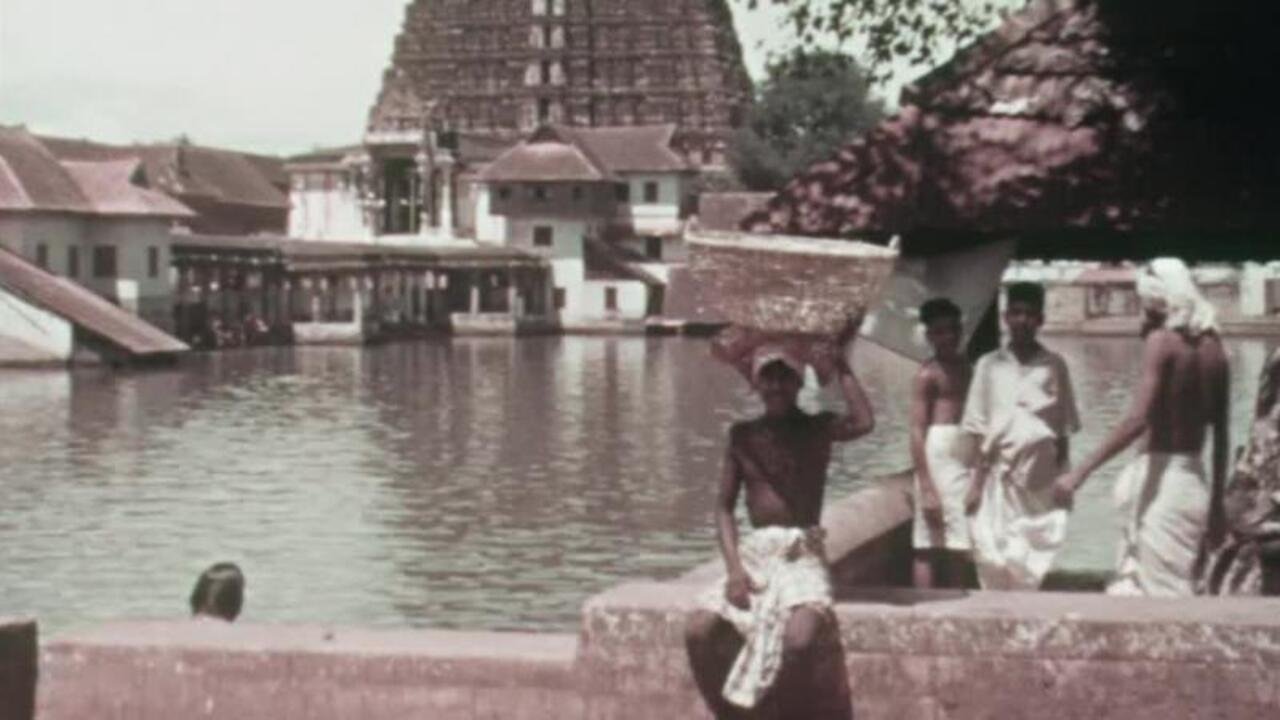
Street Scenes in India
1935
0h 9m
0.0(0 votes)
Documentary
Overview
From the arrival of a new viceroy to street markets, this amateur film captures the diversity of life in colonial India.
Production Companies

Videos & Trailers
1 video

From the arrival of a new viceroy to street markets, this amateur film captures the diversity of life in colonial India.
